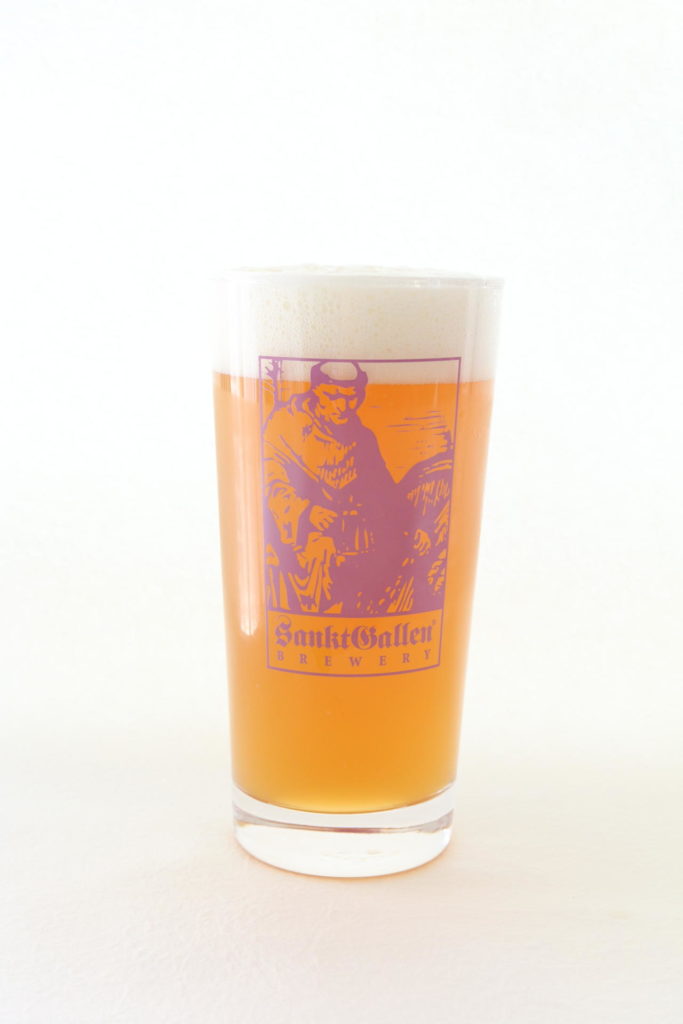The most exciting (and controversial) style this past year in the beer world has been the NE IPA. Standing for either the Northeast IPA or New England-style IPA, the NE IPA is pale in color and packed with hops like other IPAs, but there are several important differences.

Perhaps most importantly, these beers have very low bitterness, particularly in contrast to almost any other style of IPA. This is because brewers add nearly all the hops either at the end of the boil or after the boil, which allows them to extract delicate volatile compounds without the alpha acids that produce bitterness. NE IPAs generally receive large amounts of dry hops, which are added directly into the fermentation tanks. This technique can be expensive and demanding, but produces incomparable aromas. The hops commonly used in these beers are reminiscent of sweet citrus (think mikan), peach, tropical fruit (like mango or passion fruit) and white grape.
Next, these beers are brewed with particular English ale strains that complement those fruit flavors by producing fruity esters. The way these yeasts interact with the dry hops produces a strong haze that is another characteristic of the style. NE IPAs are often called “juicy,” both because they tend to be sweet and fruity and because they are so opaque they can look like a glass of juice!
To enhance the style’s soft mouthfeel (and also contributing to the haze), brewers often add a generous amount of flaked oats to the mash. Oats provide starches that thicken the body and give a bit of a creamy or oily sensation, familiar to anyone who’s tried an oatmeal stout. Brewers may also build up this soft mouthfeel by adjusting the water chemistry, using more chlorides (which enhance malt sweetness) instead of the sulfates (which enhance hop bitterness) more typical of the IPA style.
Because the quality of these beers depends on delicate hop aromas, they are best drunk as fresh as possible. Brewers in the northeast U.S. (where the style was popularized) will have lineups of customers wanting to buy the beer that was packaged earlier that day. Because of that, your best shot to try an authentic version of the style is to find one of the few Japanese brewers who are making it. Sankt Gallen Brewery in Atsugi recently released its Golden Haze IPA, one of the first. Or keep your eye out at beer bars when traveling abroad, as they are currently very popular across North America and Europe. Cheers!





